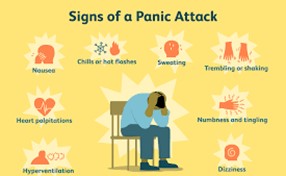A nurse is caring for a client who is immobile. Which of the following interventions is appropriate to prevent contracture?
Place a towel roll under the client's neck.
Position a pillow under the client's knees.
Apply an orthotic to the client's foot.
Align a trochanter wedge between the client's legs.
The Correct Answer is C
A. Incorrect. Placing a towel roll under the client's neck is a preventive measure to maintain proper cervical alignment, but it does not specifically address contracture prevention.
B. Incorrect. This can promote flexion of the knees, which may actually contribute to knee flexion contractures over time. While it might be comfortable for the client, it's not a preventive measure against contractures.
C. Correct. Orthotics can help maintain proper alignment of the foot and ankle, preventing foot drop and other related contractures. They are designed to support joints and muscles, minimizing the risk of stiffness and contracture formation.
D. Incorrect. Aligning a trochanter wedge between the client's legs might help prevent external rotation of the hips but does not specifically address contracture prevention.
Nursing Test Bank
Naxlex Comprehensive Predictor Exams
Related Questions
Correct Answer is B
Explanation
A. Incorrect. Encouraging the client to watch television might not provide the calming presence and support needed during a panic attack.
B. Correct. Sitting with the client and providing a sense of security can help them feel more grounded and supported during the panic attack.
C. Incorrect. Atomoxetine is not typically used to treat acute panic attacks. It's a medication used for attention deficit hyperactivity disorder (ADHD).
D. Incorrect. Teaching the client how to meditate might be beneficial in the long term, but during an acute panic attack, the client may not be receptive to learning new techniques.

Correct Answer is A
Explanation
A. Correct. Having regular interdisciplinary team meetings allows healthcare professionals from various disciplines to collaborate, share information, and ensure coordinated care for the client with complex needs.
B. Noting changes in the treatment plan in the client's medical record is important, but it may not directly promote effective communication among staff.
C. Recording the client's progress in the nurses' notes is essential but may not address the need for communication among the entire care team.
D. Posting swallowing precautions at the head of the client's bed is important for the client's safety but does not directly address communication among staff members.
Whether you are a student looking to ace your exams or a practicing nurse seeking to enhance your expertise , our nursing education contents will empower you with the confidence and competence to make a difference in the lives of patients and become a respected leader in the healthcare field.
Visit Naxlex, invest in your future and unlock endless possibilities with our unparalleled nursing education contents today
Report Wrong Answer on the Current Question
Do you disagree with the answer? If yes, what is your expected answer? Explain.
Kindly be descriptive with the issue you are facing.
